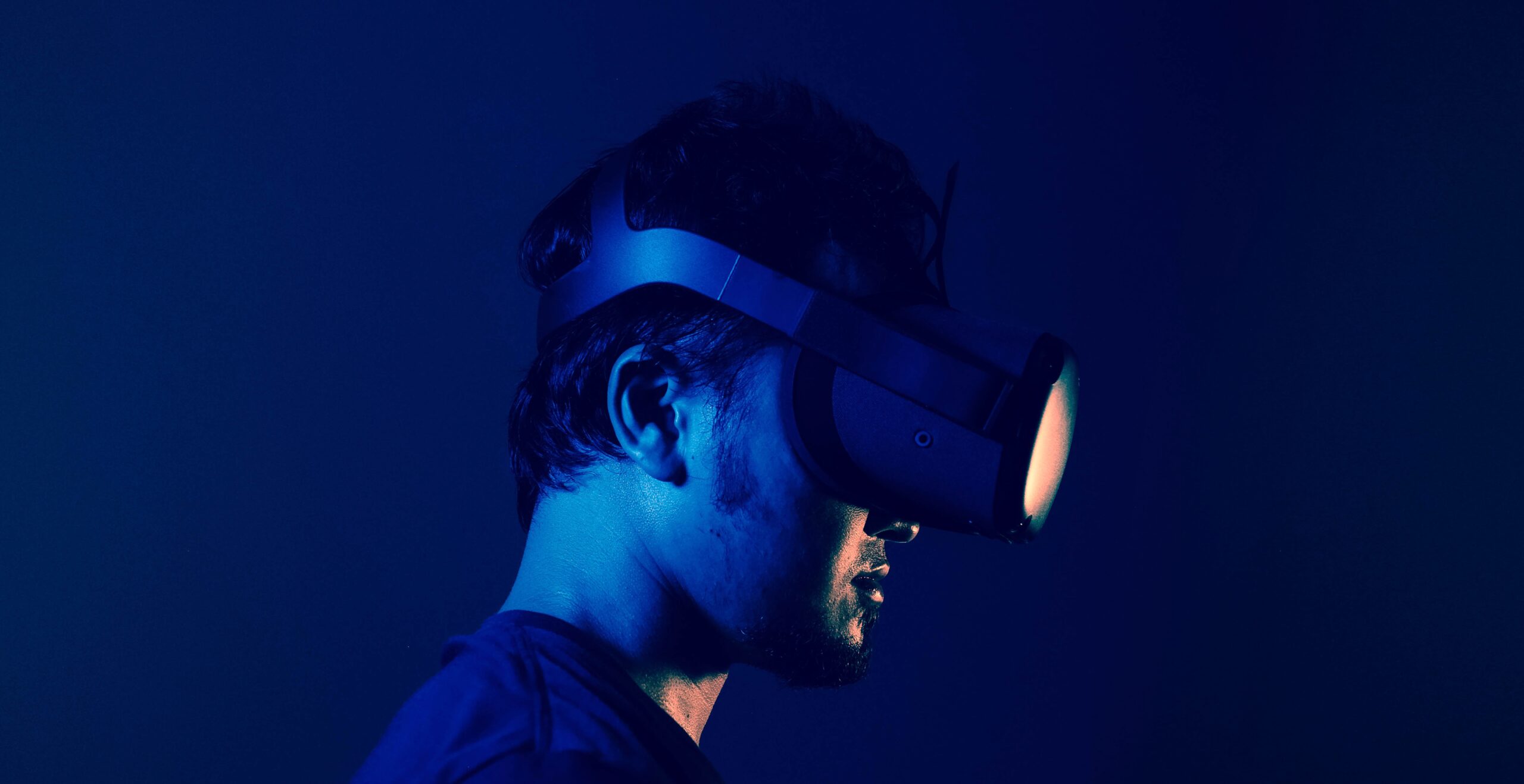
Virsabi & Finansforbundet
Virtual reality (VR) and augmented reality (AR)
In times of rapid technological development and change, VR and AR are two technologies that offer a set of different experiences and applications. Where VR creates a computed-generated simulation that immerses the user in a completely digital, often 3D, environment, AR overlays digital information, such as images or videos, onto the real world. In the case below, you can find out how VR and AR are used in the real world and why voiceovers play a vital role in making a VR/AR experience as realistically as possible.
Virsabi X Finansforbundet
Virsabi is a virtual and augmented reality developer and consultancy with a focus on helping organizations to use virtual, augmented, and mixed reality to create value. Among others, they helped a Danish union called “Finansforbundet” and in particular their union representatives to train having difficult conversations with superiors at work.
To make this training both realistic and comfortable at the same time, Virsabi made use of virtual reality. The VR experience is part of the training that Finansforbundet provides to union representatives.
In the VR experience, the union representatives are immersed in a meeting room having a conversation with their superior. The superior is a new leader, and it is fair to say that she is causing some distress. The leader talks to the union representatives who then have to choose between different replies. In this way, the conversation can go in multiple directions, and the union representatives can train how to de-escalate a conflict and reach an agreement.
The exercise is usually done several times, and afterwards the union representatives discuss their chosen paths and reflect upon their choices and which emotions it triggered in a classroom.
VoiceArchive was in this context chosen to provide the voice artist, whose voice was being used for the superior in the VR scenery.
“The voice acting is very convincing and completely represents the style and attitude we were aiming for. Together with the visual animation of the character, we have created a persona with a personality matching exactly what our customer was hoping for. Our customer has told us how the students always end up giving the character a name, so they can talk about her as a real person. A convincing voice with the right pitch and intonation is extremely important for creating such and emotional and immersive learning experience,” says Erik Sikström, Audio and Innovation Lead, Virsabi.
Voice in this video: Anne
Key Takeaways
Looking back at this cooperation, it becomes clear that:
- A good and precise voice over is necessary to convey the emotional aspects of a message within a VR experience.
- A voice artist’s human voice is an essential part to firstly, providing credibility and trustworthiness and secondly, bringing the avatar/s used in the VR experience to life.
- A casting to find the perfect voice match for a project is crucial, since ideas and imaginations of what voice would match the project are always subjective and a final conclusion can only first be drawn, once a set of different voices has been compared.
If you are interested in learning even more about the described VR project, please feel free to have a look here: https://virsabi.com/finansforbundet/
Do you need assistance with your next project? Reach out to VoiceArchive today and we are ready to help.

